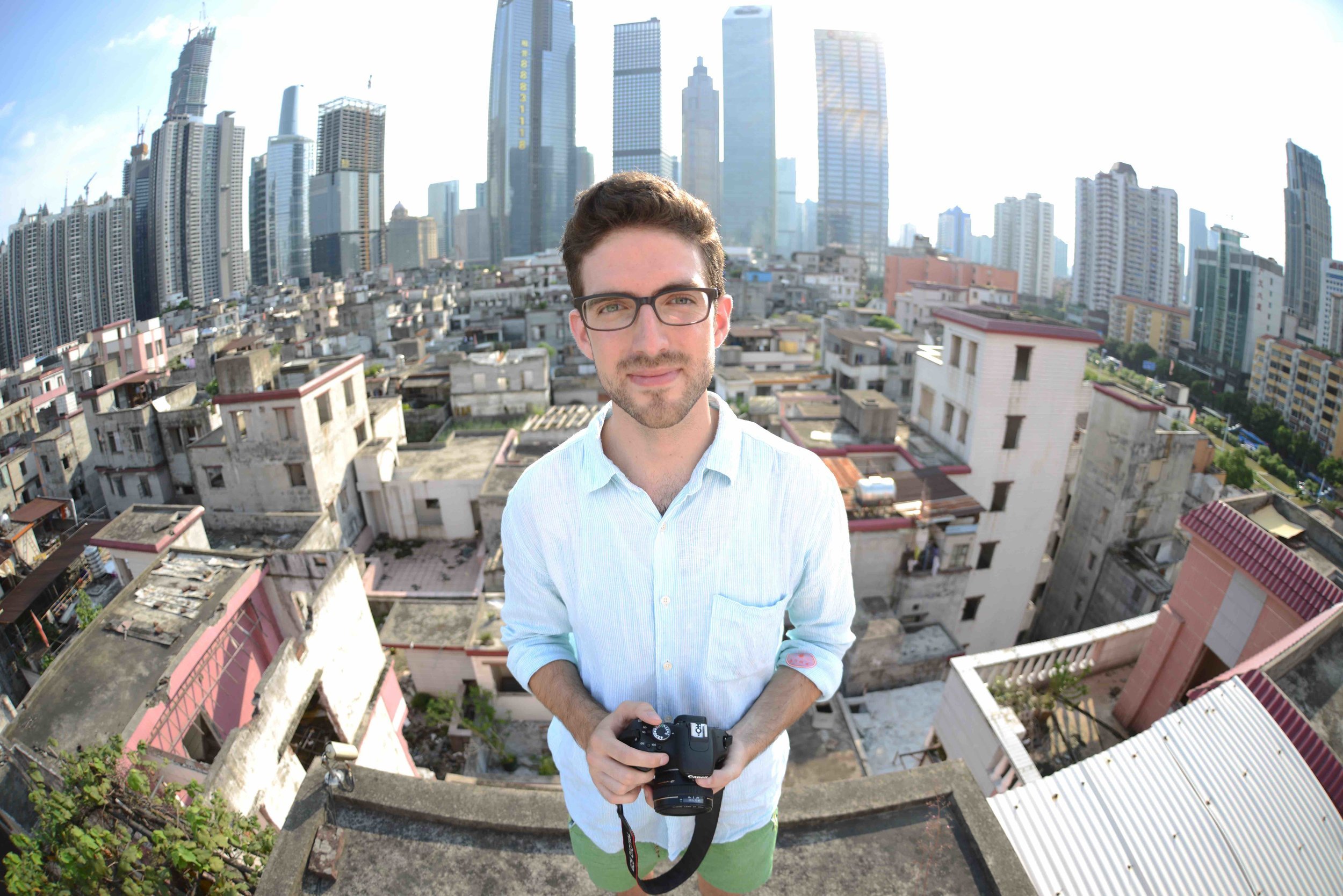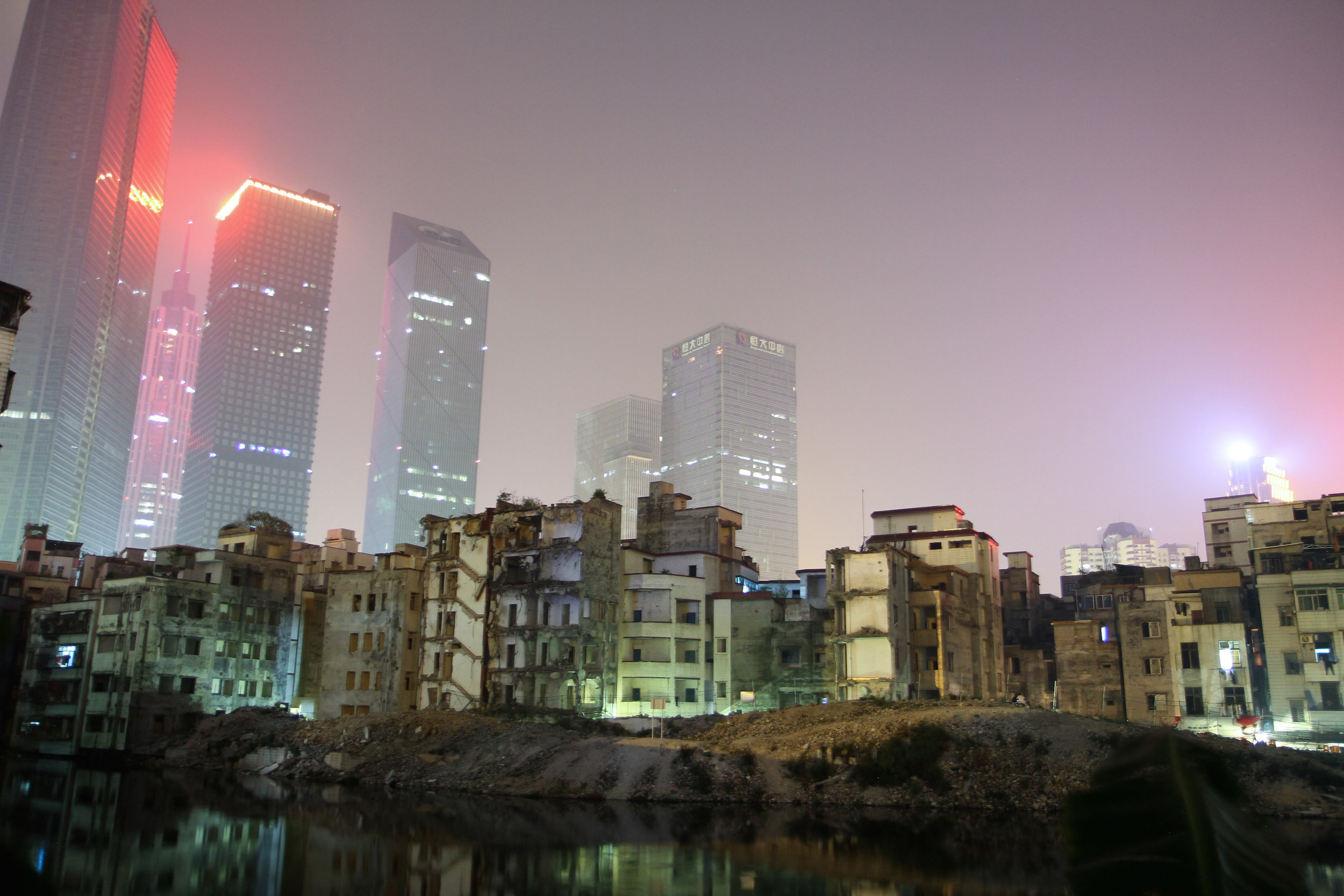Eric Jenkins-Sahlin
Director, Cinematographer, Editor
Eric Jenkins-Sahlin is a documentary filmmaker and photographer based in New York.
For me, the principles of compelling visual storytelling also apply to life in general: “If you want to be a better photographer, stand in front of more interesting stuff,” (Jim Richardson) inspires me to get out and explore. “If your photos aren't good enough, you're not close enough,” (Robert Capa) inspires me to build intimate relationships with people and places. I love documenting the important work of community organizers, activists and artists, and I strive to record sincere moments by maintaining a discreet presence and shooting from the hip.
I was a 2013-2014 Fulbright Scholar to China, and I previously worked at the Harvard Kennedy School’s Carr Center for Human Rights Policy. I’m fluent in Mandarin Chinese and Swedish.
WEBSITE: ERIC JENKINS-SAHLIN
A Q&A WITH FILMSHOP BREAKTHROUGH SERIES 2018 FEATURED ARTIST Eric Jenkins-Sahlin...
“AFTER THE FALL” (DOCUMENTARY FEATURE)
As a towering Chinese mega-city consumes an ancient village, holdout villagers fight bitterly to save their ancestral home from forced demolition. Memories of their once vibrant community haunt them at every turn.
What was the inspiration for your project?
In 2013, I moved to China for a personal travel writing history project, and my first night I couchsurfed in a 30th floor apartment that overlooked the village in this documentary. I had seen wealth and poverty before, but never in such stark juxtaposition. I began taking photo walks through the village, and one time a villager pulled me aside to show a report about the village’s forced demolition. Clearly something traumatic had happened here, I wanted villagers to have an opportunity to share their story in their own words. That’s where my interest in documentary began, and this film ended up being my DIY film school.
What do you feel is your greatest challenge moving forward?
The struggle has been to balance advocacy, journalism and art. I’m very wary of presenting something that is entertaining but undercuts ethical standards or my social justice goals. The last thing I would want to do is make “ruin porn” or any form of exploitative artwork.
There are many ways that art can educate and empower, and I think that takes not explicitly telling people what to think or feel, but instead leaving a breadcrumb trail that leads to a new perspective.
How has the Filmshop community contributed to your project's development?
I’ve workshopped this project twice in Filmshop and received some very helpful input and resources. In general, Filmshop has been a big part of my DIY film school, and will undoubtedly shape my future plans for this film.
What might Filmmaker Magazine say about your project?
An advisor of mine shared a quote that captures my aspirations for this film: “intuitively edited, sonically rich assemblages that evoke places and the ghosts of places, spots and fragments of time, the stolen and sometimes subversive poetry of daily life, snapshots of social defiance, visions of ragged beauty.” (Written by Sukhdev Sandhu for The Guardian about Jem Cohen’s films.)
What's next?
I’m developing After The Fall as a feature film, and in the next couple of months I’ll travel to the village to document how it has changed since I last filmed in 2015. I’m also searching for a producer partner and editor who share my creative vision and social justice goals, ideally who are culturally and linguistically connected to the story.
Beyond that, I’m starting a production company to continue growing as a visual storyteller while being able to give my landlord what he wants.
What keeps you up at night?
I recently hung a huge enlargement of Hieronymus Bosch’s Garden of Earthly Delights on my bedroom wall. On the opposing wall, I’m mounting an Albert Bierstadt painting, like the one at the Brooklyn Museum. Together, they’re my constant reminder never to underestimate humans or nature, and figuring out how to do them justice with film keeps me up late.



